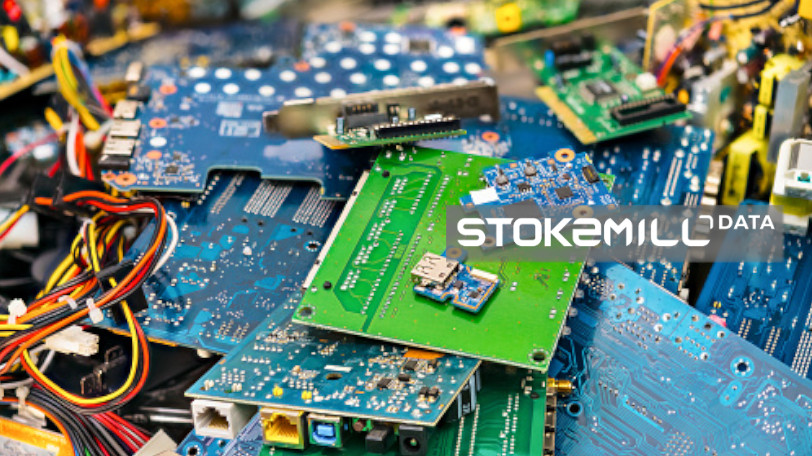Rising mountains of e-waste are creating headaches
Mounting piles of e-waste seen as the problem of the century
Against the background of experts sounding the alarm after saying that less than 20% of electronic waste is recycled, it is estimated that in 2021 alone 57 million metric tonnes of waste had been dumped globally. What is impressive is the scrap value of the dump: the Word Economic Forum (WEF) estimated in a 2019 report that the value of e-waste was US$ 62.5 billion. Electronic waste, especially mobile phones actually contain more gold per ton than a ton of gold ore, making the processing of the electronic waste an interesting target for recycling and value addition. However e-waste processing rates and precious metals recovery and reprocessing in various regions appear to run counter the economic argument.
e-waste volumes and recycling rates in different regions tell an interesting story
According to UN estimates Europe generates about 12 million metric tons of e-waste such as laptops, smart phones, fridges, tablets or microwave ovens every year, of which 42% is collected and reportedly recycled. In the Americas the UN reckons 13 million metric tons are generated every year and only 9% is recycled. In Africa 2.9 metric tons are generated and less than 1% is recycled. In Asia 25 million metric tons are generated and just under 12% is reportedly recycled. These estimates point to the need for further progress, especially when considering long term health and environmental risks brought about by rising e-waste's toxicity.
Soaring E-waste and its relationship with chidren's health is now being documented by the WHO
The effects on the health of expectant mothers, children and adolescents seen sifting through dumps of e-waste in informal jobs has just been underlined by a 2021 report by the World Health Organisation titled "Children and Digital Dumpsites". According to the agency as many as 12.9 million women are working in the informal waste processing sector, which exposes them to toxic e-waste, while 18 million children and adolescents are actively engaged in the informal industrial sector, of which waste processing is a sub-sector. Rapidly developing chidren are particularly exposed to the toxicity of e-waste, with lead and mercury mentioned as especially toxic and tending to accumulate in human tissues. The WHO calls for urgent action as e-waste continues to rise globally.
Keywords: electronic waste, e-waste, mobile phones, computers, laptops, fridges, tablets, microwave ovens, recycling, gold, gold ore, mercury, lead, WEF, WHO, UN, health, informal sector, informal waste processing, toxic e-waste


